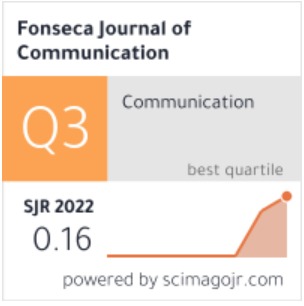MEASURING SPEED READING, READING COMPREHENSION, AND READING PROFILE TO CONSTRUCT A MODEL OF LITERACY SKILLS IN LANGUAGE TEACHING
Christanto Syam
Department of Indonesian Language, Faculty of Teacher Education and Training, Universitas Tanjungpura, West Kalimantan, Indonesia
DOI: https://doi.org/10.48047/fjc.28.01.22
Abstract
This research aims to (1) explain the reading speed, reading comprehension, and writing abilities of students; (2) measure the reading speed, reading comprehension, and writing abilities of students; (3) develop a profile of the reading speed, reading comprehension, and writing abilities of students; and (4) design a hypothetical model for Indonesian language literacy learning to enhance the reading speed, reading comprehension, and writing abilities of students. The method used in this research is a quantitative descriptive method to describe the current state of reading speed, reading comprehension, and writing of students enrolled in the course Productive Language Skills: Theory & Practice. Based on data processing, the researchers concluded that the average reading speed of fifth-semester students in this study is 247.42 words per minute, considered moderate. Meanwhile, the average value of Indonesian text reading comprehension for students is 72.8, and the average value of their writing ability in Indonesian texts is 68.52, falling within the range of 66-75 and categorized as fairly good. Thus, reading speed contributes to reading comprehension, although it is not the sole variable determining the ability, as speed does not always lead to understanding. However, reading comprehension, in general, contributes to good writing skills. Therefore, these three language competencies are interconnected, especially in vocabulary mastery.















